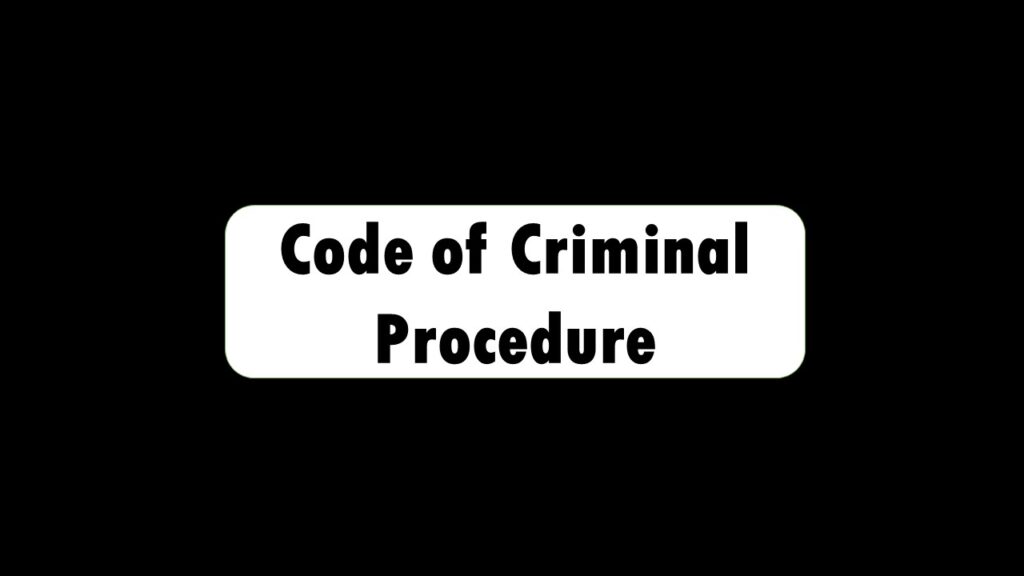M.E. Shivalingamurthy v. Central Bureau of Investigation, Bengaluru [(2020) 2 SCC 768]
Principles for discharge under section 227 of the CrPC
17.1. If two views are possible and one of them gives rise to suspicion only as distinguished from grave suspicion, the trial Judge would be empowered to discharge the accused.
17.2. The trial Judge is not a mere post office to frame the charge at the instance of the prosecution.
17.3. The Judge has merely to sift the evidence in order to find out whether or not there is sufficient ground for proceeding. Evidence would consist of the statements recorded by the police or the documents produced before the Court.
17.4. If the evidence, which the Prosecutor proposes to adduce to prove the guilt of the accused, even if fully accepted before it is challenged in cross-examination or rebutted by the defence evidence, if any, “cannot show that the accused committed offence, then, there will be no sufficient ground for proceeding with the trial”.
17.5. It is open to the accused to explain away the materials giving rise to the grave suspicion.
17.6. The court has to consider the broad probabilities, the total effect of the evidence and the documents produced before the court, any basic infirmities appearing in the case and so on. This, however, would not entitle the court to make a roving inquiry into the pros and cons.
17.7. At the time of framing of the charges, the probative value of the material on record cannot be gone into, and the material brought on record by the prosecution, has to be accepted as true.
17.8. There must exist some materials for entertaining the strong suspicion which can form the basis for drawing up a charge and refusing to discharge the accused.
